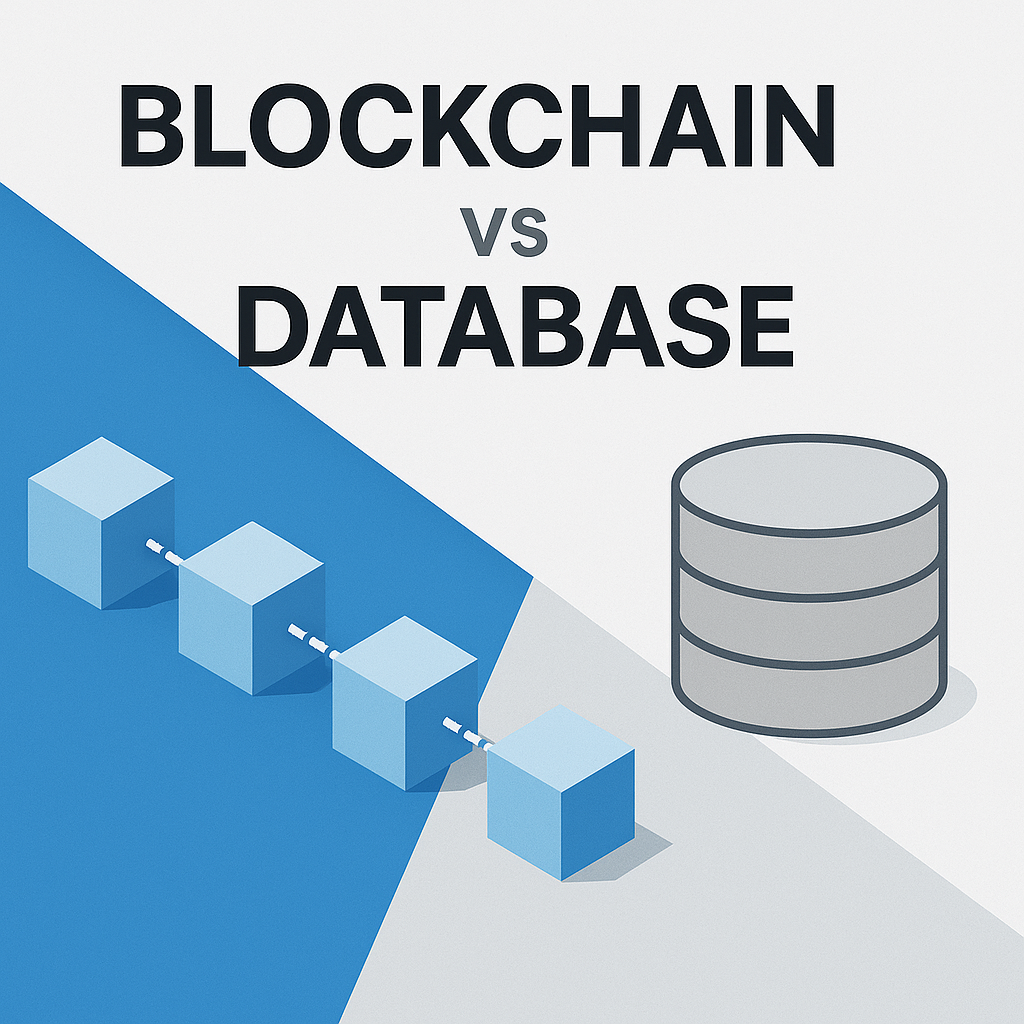Blockchain vs Traditional Databases: Key Differences Explained

Blockchain vs traditional databases is a common topic in today’s tech world. Both systems store information, but they do it in different ways. Knowing how they differ helps you pick the right system for your business or project.
What Is a Blockchain?
Blockchain works like a shared digital ledger. It records transactions in connected blocks. Each block includes data, a unique code called a hash, and a link to the previous block. Because every block depends on the one before it, changing past data is nearly impossible. This design makes blockchain secure, transparent, and trustless.
What Is a Traditional Database?
A traditional database stores information in tables. One organization controls it and decides who can view or edit data. These systems are fast, reliable, and great for structured business data such as sales, inventory, or customer records.
Blockchain vs Traditional Databases: A Quick Comparison
| Feature | Blockchain | Traditional Database |
|---|---|---|
| Structure | Stores data in blocks connected by hashes. | Stores data in rows and tables. |
| Control | Decentralized and shared by many nodes. | Centralized under one authority. |
| Security | Secured by encryption and consensus rules. | Protected with passwords and user access. |
| Speed | Slower because of data validation. | Faster for day-to-day operations. |
| Mutability | Data cannot be changed once added. | Data can be edited or deleted easily. |
| Transparency | Everyone on the network can verify records. | Access is limited to specific users. |
| Best Use | Cryptocurrency, supply chains, identity systems. | Finance, analytics, CRM, and operations. |
When to Choose Blockchain
- When you need shared data between multiple parties.
- When transparency and data integrity are priorities.
- When automation through smart contracts adds value.
When to Choose a Traditional Database
- When speed and efficiency are most important.
- When the data belongs to a single company.
- When complex queries and real-time updates are needed.
Can You Use Both Together?
Yes. Many companies combine them. Blockchain can store proofs or transaction records, while databases handle daily operations. This hybrid model keeps systems fast and verifiable at the same time.
Conclusion
To sum up, blockchain vs traditional databases isn’t about which is better — it’s about purpose. Databases are perfect for fast, private data. Blockchains are ideal for transparency and shared trust. Choose what fits your goals, or mix both for the best of each world.
Continue Learning
Want to learn more? Check these guides: